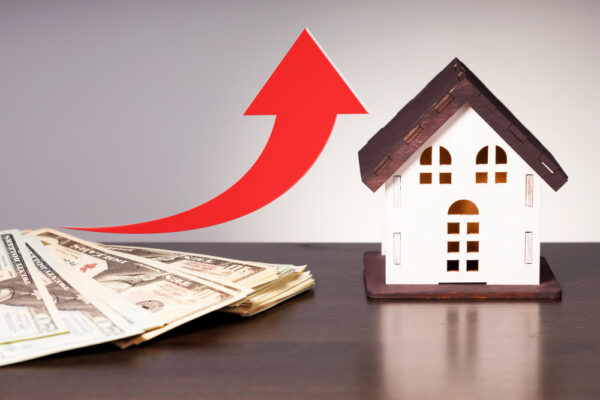In the multifamily real estate market, increasing net operating income (NOI) without major capital expenditures can significantly improve your property’s financial performance. While rent increases are often the first go-to strategy for boosting cash flow, there’s a lesser-known but highly effective approach that savvy investors are using: Ratio Utility Billing System (RUBS).
RUBS is an efficient and cost-effective way to recover utility costs from tenants without needing to invest in individual utility submetering. For many property owners, RUBS has become a game-changer, especially for older properties that cannot accommodate individual metering systems. Let’s take a deeper dive into why RUBS is an attractive option for improving cash flow and enhancing your bottom line.
What is RUBS?
The Ratio Utility Billing System (RUBS) allows property owners to allocate utility costs (such as water, electricity, gas, or sewer) to tenants based on a calculated ratio. The ratio could be based on factors such as unit size, the number of tenants in the unit, or square footage. Instead of individually metering each unit, RUBS uses this proportional allocation method to divide the total utility costs among tenants. It’s a strategy often used in multifamily properties where individual submetering is not feasible or cost-effective.
Why RUBS is Beneficial:
-
No Need for Submetering: Submetering requires installing meters in every unit, which can be expensive, invasive, and logistically challenging. RUBS, on the other hand, is a non-invasive method that doesn’t require any upfront installation costs or ongoing maintenance fees. This makes it an ideal solution for older buildings or properties where retrofitting individual meters would be too costly.
-
Incentivizes Tenants to Conserve: By implementing RUBS, tenants are more likely to monitor and reduce their utility consumption, as they are now responsible for their portion of the utility costs. This is particularly effective in reducing water and electricity usage, which in turn can decrease overall utility expenses for the property owner. By encouraging conservation, property owners can lower their total operating expenses.
-
Boosts NOI Without Major Renovations: RUBS allows property owners to recapture utility costs that would otherwise fall on their shoulders. By passing on a portion of the utility costs to tenants, investors can increase their NOI without the need for expensive renovations or rent hikes. This improves cash flow and can make the property more attractive to potential investors or lenders.
-
Ideal for Properties Without Individual Metering: In many older properties, individual utility meters may not be in place, and installing them can be a cumbersome and expensive process. RUBS solves this problem by providing an efficient way to allocate utility costs based on a fair and predetermined formula, making it a viable alternative for older buildings.
-
Tenant Satisfaction and Fairness: With RUBS, tenants understand that their utility costs are tied to their usage, and the allocation is based on a fair system. This helps maintain good tenant relations, as it avoids overcharging or undercharging any individual tenant. It’s a transparent system that ensures equity among all tenants.
How to Implement RUBS in Your Property
If you’re considering implementing RUBS in your multifamily property, here’s a quick guide to get you started:
-
Assess Your Utility Expenses: Begin by reviewing your utility bills to understand the total monthly utility costs for the entire property. This will give you an idea of how much you will be able to recapture from tenants.
-
Choose Your Billing Formula: Next, determine the most appropriate billing formula based on factors like square footage or the number of occupants per unit. The formula should be fair and easy to understand for tenants.
-
Inform Tenants: Transparency is key. Before implementing RUBS, make sure to notify your tenants about the change and explain how their utility costs will be calculated. Be sure to highlight the benefits of energy conservation and how this method will help reduce overall utility costs.
-
Monitor and Adjust: After the system has been implemented, keep track of the utility expenses and tenant payments. Monitor the effectiveness of RUBS and make adjustments as needed to ensure fair billing practices.
Final Thoughts
RUBS is a powerful tool that can significantly boost your NOI without the need for costly renovations or rent increases. By implementing this system, you can recover utility costs, encourage tenant conservation, and ultimately improve your bottom line. It’s a smart strategy, especially for older properties where individual metering may not be feasible.
If you’re interested in exploring how RUBS can work for your property, book a strategy call with us to discuss how this system can increase your profitability.
Book your strategy call here: https://mcqproperties.online/calendar-page/











